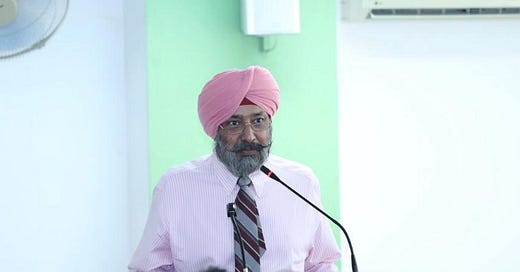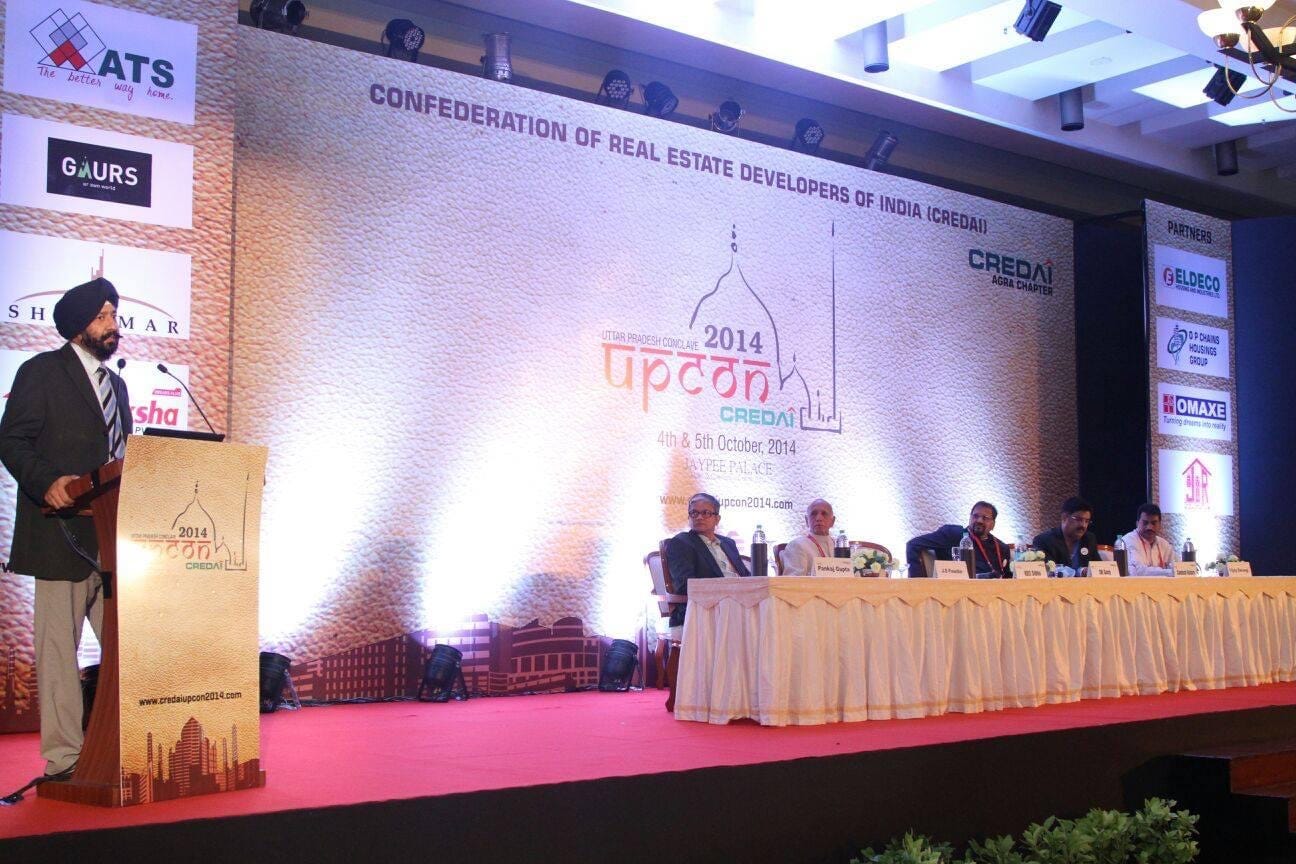Cicero-Sidhu Pack for Effective Communication: Be Valuable, not Voluble
The "Cicero-Sidhu Pack" presents 30 practical and pragmatic tips, to hone your art of impactful communication through a compendium of distilled wisdom for refined principles for influential discourse.
By KBS Sidhu AUG 14, 20181
The Art and Science of Communication: Tracing its Evolution
From Cicero's passionate orations in the heart of the Roman Forum to modern-day discourses streamed live over digital platforms, communication has woven the intricate tapestry of human history. This urgent desire to communicate, embedded in our DNA, has engendered countless modes of expression, transforming listeners into participants and spectators into engaged audiences. Beyond oratory, which is primarily verbal, the breadth of communication encompasses written words and the nuanced dance of non-verbal body language. These elements, when skillfully combined, facilitate meaningful and effective elocution or discourse, igniting reactions that echo the speaker's intent.
A Spectrum of Principles: 30 Guiding Tenets
In recognition of this, we present a curated selection of 30 principles of spoken and written communication. These guiding tenets, listed without specific hierarchy, are applicable across diverse settings, from traditional auditorium orations and conference hall meetings to contemporary digital exchanges. While these principles don't claim to be exhaustive, or a universal toolkit, they offer insights and checkpoints. Considering them while crafting any speech, discourse, or communication, will undoubtedly provide an invaluable compass for your rhetorical journey.
The product of what you say and what your audience hears maintains a constant relationship; hence, "brevity is the soul of wit".
Time and timing matter in communication, but timing often outweighs the time involved.
A profound understanding of your audience can significantly enhance your communication effectiveness.
The words "silent" and "listen" are anagrams, underlining the importance of listening in communication.
It's often not just "what" is said but "how" it's said that resonates with the audience.
The speaker's persona often holds more sway than the content itself. The impact of words can vary depending on who utters them.
The context and location of your speech, both geographically and metaphorically, can significantly influence its reception.
The chosen medium for disseminating your message can greatly impact its reach, audience quality, and reaction.
It's often more effective to conclude your speech sooner rather than later; a reiteration of the first principle.
Introduce your topic, delve into it, and then summarize what you've discussed.
Embrace divergent perspectives, including dissenting views, and articulate why you might disagree.
Make your closing statement memorable, but don't solely rely on your concluding punch-line.
Avoid being the last speaker before meals or the first speaker following them.
Endeavor to engage, enable, enthuse, enthrall, energize, and entertain your audience.
Always document or record your speech, even if you're broadcasting it in real-time. (In this day and age of “Artificial Intelligence”, the text of your speech can be easily extracted, with a high degree of accuracy. Hence can use that for your old video masterpieces.)
If possible, familiarize yourself with the venue and understand the speaker's vantage point from the audience's perspective.
Prefer to stand and speak, even if sitting is an option. Utilize the stage effectively if you have the means to do so.
Advertise and pre-announce your talk to create anticipation and attract a larger audience.
Topical subjects resonate with the audience more effectively and are more likely to engage them.
Don't court controversy outright; instead, flirt with it subtly. Always be mindful of your boundaries.
Strive for a balanced narrative: "Never a story without a statistic; never a statistic without a story."
Bear in mind, it's "Better a witty fool than a foolish wit."
Minimize dependence on PowerPoint presentations as they can divert attention from you, the speaker. Use visual aids sparingly.
Ensure your message doesn't get lost amidst noise, either literal or metaphorical.
Avoid monotony in your delivery. Remember, oratory shouldn't be rotatory.
Effective public speaking is rooted in consistent private practice.
A great orator establishes an intimate, almost conversational rapport with the audience.
Encourage a limited number of questions to maintain focus and flow.
Leave behind your contact details for further engagements or discussions.
Take time to mingle with the audience after your speech and thank them sincerely but avoid overdoing it.
A Final Word: Simplicity and Clarity are Key In conclusion, communication, whether written or spoken, is an art steeped in the intricate dance of words and meanings. An effective communicator navigates this complex terrain, touching hearts and influencing minds. But, while employing this powerful tool, it's vital to remember the value of simplicity and clarity. Avoid polysyllabic profundity, platitudinous ponderosity, and pusillanimous pomposity. Favour clear, lucid language over complexity and jargon, even when your vocabulary allows for more. Because, at the end of the day, true mastery in communication lies not in the grandeur of your words, but in the depth of understanding they communicate to your audience.
Best “call to action”— “Action is eloquence” (William Shakespeare)
Distilled wisdom: Tell them what you are about to tell them (15% time). Tell then (80%). Tell them what you told them (5%).
A Ted Talk is rarely over 17 minutes.
Cicero-Sidhu Pack for Effective Communication
30 Pick-and-Choose Postulates Urge to Communicate is as old as man Man’s urge to communicate to a large group is as old as man himself. Whether it is a great orator at the pulpit addressing a packed audience, a traditional multi-member business meeting or the modern-day the live world-wide telecast and…









Distilled Wisdom is based upon decades of learning and effective communication. Great grooming tips.
Perfect Communication Sir Ji!👍👌